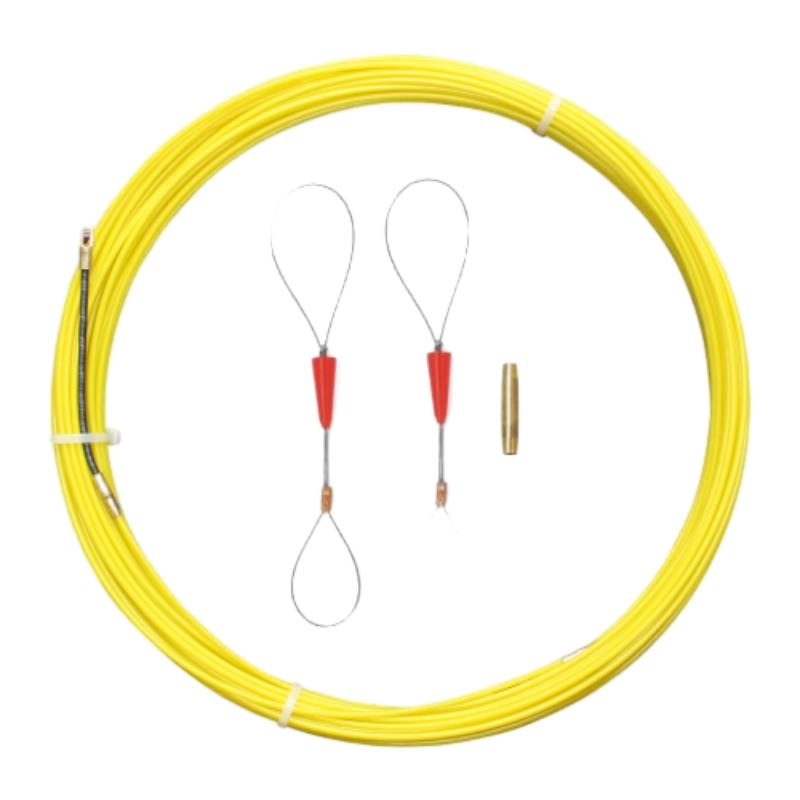
-
 Afrikaans
Afrikaans -
 Albanian
Albanian -
 Amharic
Amharic -
 Arabic
Arabic -
 Armenian
Armenian -
 Azerbaijani
Azerbaijani -
 Basque
Basque -
 Belarusian
Belarusian -
 Bengali
Bengali -
 Bosnian
Bosnian -
 Bulgarian
Bulgarian -
 Catalan
Catalan -
 Cebuano
Cebuano -
 Corsican
Corsican -
 Croatian
Croatian -
 Czech
Czech -
 Danish
Danish -
 Dutch
Dutch -
 English
English -
 Esperanto
Esperanto -
 Estonian
Estonian -
 Finnish
Finnish -
 French
French -
 Frisian
Frisian -
 Galician
Galician -
 Georgian
Georgian -
 German
German -
 Greek
Greek -
 Gujarati
Gujarati -
 Haitian Creole
Haitian Creole -
 hausa
hausa -
 hawaiian
hawaiian -
 Hebrew
Hebrew -
 Hindi
Hindi -
 Miao
Miao -
 Hungarian
Hungarian -
 Icelandic
Icelandic -
 igbo
igbo -
 Indonesian
Indonesian -
 irish
irish -
 Italian
Italian -
 Japanese
Japanese -
 Javanese
Javanese -
 Kannada
Kannada -
 kazakh
kazakh -
 Khmer
Khmer -
 Rwandese
Rwandese -
 Korean
Korean -
 Kurdish
Kurdish -
 Kyrgyz
Kyrgyz -
 Lao
Lao -
 Latin
Latin -
 Latvian
Latvian -
 Lithuanian
Lithuanian -
 Luxembourgish
Luxembourgish -
 Macedonian
Macedonian -
 Malgashi
Malgashi -
 Malay
Malay -
 Malayalam
Malayalam -
 Maltese
Maltese -
 Maori
Maori -
 Marathi
Marathi -
 Mongolian
Mongolian -
 Myanmar
Myanmar -
 Nepali
Nepali -
 Norwegian
Norwegian -
 Norwegian
Norwegian -
 Occitan
Occitan -
 Pashto
Pashto -
 Persian
Persian -
 Polish
Polish -
 Portuguese
Portuguese -
 Punjabi
Punjabi -
 Romanian
Romanian -
 Russian
Russian -
 Samoan
Samoan -
 Scottish Gaelic
Scottish Gaelic -
 Serbian
Serbian -
 Sesotho
Sesotho -
 Shona
Shona -
 Sindhi
Sindhi -
 Sinhala
Sinhala -
 Slovak
Slovak -
 Slovenian
Slovenian -
 Somali
Somali -
 Spanish
Spanish -
 Sundanese
Sundanese -
 Swahili
Swahili -
 Swedish
Swedish -
 Tagalog
Tagalog -
 Tajik
Tajik -
 Tamil
Tamil -
 Tatar
Tatar -
 Telugu
Telugu -
 Thai
Thai -
 Turkish
Turkish -
 Turkmen
Turkmen -
 Ukrainian
Ukrainian -
 Urdu
Urdu -
 Uighur
Uighur -
 Uzbek
Uzbek -
 Vietnamese
Vietnamese -
 Welsh
Welsh -
 Bantu
Bantu -
 Yiddish
Yiddish -
 Yoruba
Yoruba -
 Zulu
Zulu


Nov . 09, 2024 00:22 Back to list
Neutral Electroscope and Its Application in Measuring Electric Fields and Their Strength
The Neutral Electroscope An Instrument for Understanding Charge
The neutral electroscope is a fascinating piece of scientific apparatus that plays a crucial role in the study of electric charge and electrostatics. Historically, the development of the electroscope marked a significant advancement in physics, enabling scientists to explore and measure electric charges with precision. This article delves into the purpose, working principle, and applications of neutral electroscopes, as well as their significance in the broader context of physics.
The Neutral Electroscope An Instrument for Understanding Charge
One of the most gripping features of an electroscope is its reliance on the principle of charge induction. When a charged object is brought near the electroscope without touching it, the presence of the electric field from the object causes the charges within the electroscope to rearrange. If the object is positively charged, electrons from the leaves are attracted towards the rod, leaving the leaves positively charged and causing them to repel each other. Conversely, if a negatively charged object is brought near, the electrons in the electroscope are repelled, leading to a negative charge on the leaves. This principle allows scientists and students alike to understand the behavior of charges in an intuitive and visual manner.
'neutral electroscope - measuring wheel'

In laboratory settings, the neutral electroscope is often used in conjunction with measuring wheels—an innovative device that aids in quantifying distance and displacement in experiments. Specifically, when conducting experiments that involve charged bodies, the measuring wheel can help determine the distance from the charged object to the electroscope. This distance is critical, as the strength of the electric field (and hence the observable effect on the electroscope) diminishes with increasing distance. By utilizing both the electroscope and measuring wheel, researchers can meticulously analyze how changes in distance affect the behavior of electrostatic forces.
Furthermore, neutral electroscopes have profound educational value. In physics classrooms, they offer students a tangible way to visualize and measure fundamental concepts related to electric charge. Through hands-on experiments, students can observe the effects of various charged objects on the electroscope and explore topics such as charge conservation, the nature of positive and negative charges, and the principles of Coulomb's law. The interactive nature of experiments with electroscopes enhances student engagement and deepens understanding, making abstract concepts more accessible.
The applications of neutral electroscopes extend beyond the classroom. They are integral in various scientific research domains, including materials science, environmental studies, and physics research. Their ability to detect and measure minute charges can be invaluable when studying the properties of materials or investigating atmospheric phenomena like lightning.
In conclusion, the neutral electroscope is a remarkable instrument that provides insights into the realm of electric charge and electrostatic forces. Its combination with measuring wheels enriches experimental setups, allowing for precise distance measurement and enhancing the depth of analysis. As both an educational tool and a research instrument, the neutral electroscope continues to illuminate the captivating world of electricity, fostering a deeper understanding of the fundamental principles that govern our universe.
Latest news
What Are Construction Tools and How Are They Used?
NewsJul.11,2025
Professional-Grade Duct Rodding Tools for Superior Cable Installation
NewsJul.11,2025
Enhancing Safety and Efficiency with Modern Hot Stick Solutions
NewsJul.11,2025
Empowering Cable Installation with Advanced Rodder Solutions
NewsJul.11,2025
Elevate Your Cable Installation Projects with Cable Pulling Tools
NewsJul.11,2025
Efficient Cable Handling Solutions: Cable Rollers for Sale
NewsJul.11,2025











